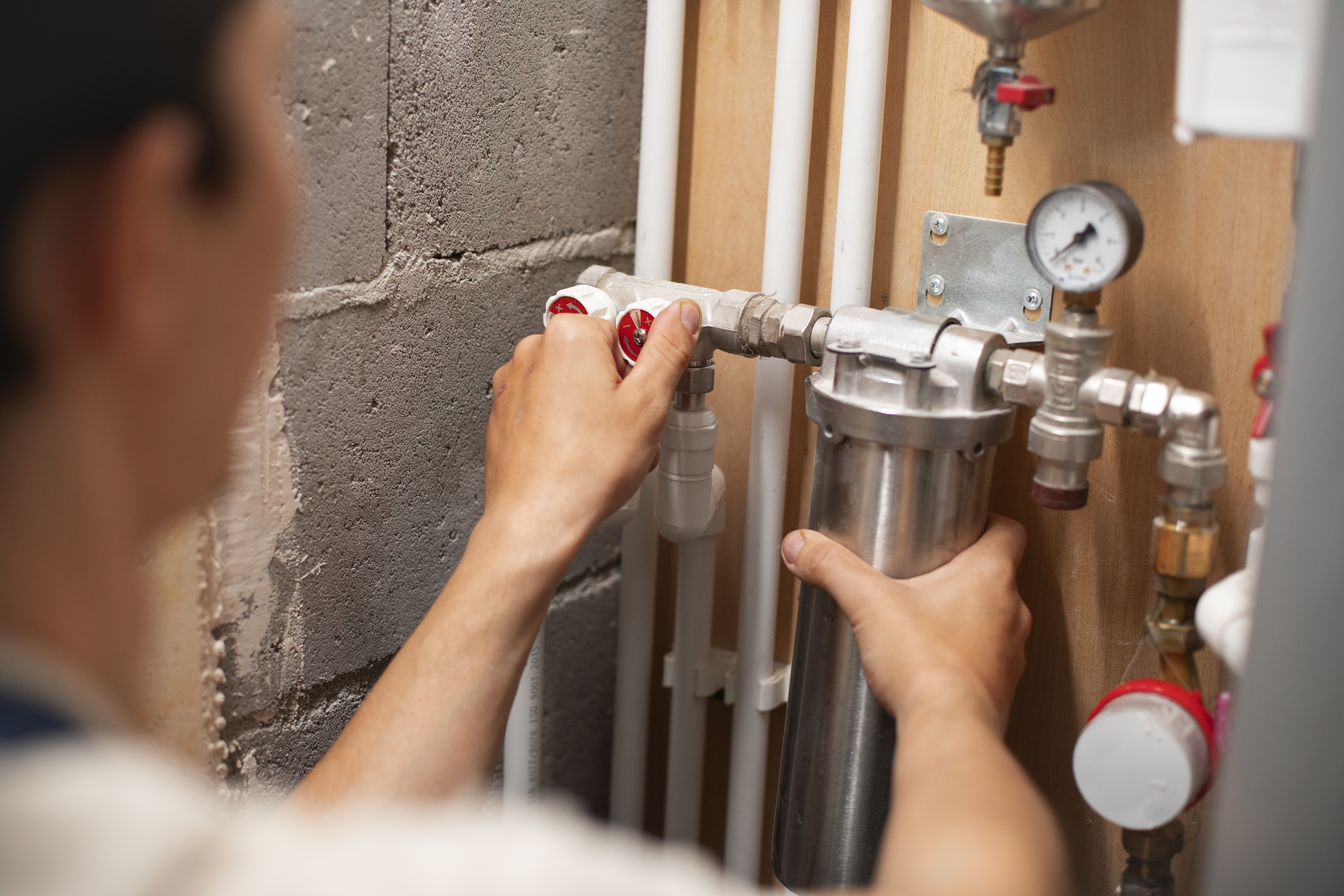In the realm of energy-efficient home upgrades, tankless water heaters have emerged as a popular choice for homeowners looking to cut down on utility costs and reduce their environmental footprint.
Unlike traditional water heaters, which store and continuously heat a large tank of water, tankless water heaters heat water on demand, providing a steady stream of hot water without the need for a storage tank. However, the efficiency and effectiveness of a tankless water heater installation greatly depend on its placement within your home.
Understanding Tankless Water Heaters
Unlike conventional water heaters, which heat and store a fixed amount of water, tankless models use high-powered burners to rapidly heat water as it flows through the unit. This on-demand heating process eliminates the standby heat loss associated with traditional water heaters, making tankless systems more energy-efficient.
Benefits of Tankless Water Heaters
- Energy Efficiency: Tankless water heaters only heat water when needed, reducing energy consumption and lowering utility bills.
- Continuous Hot Water: With a tankless system, you’ll never run out of hot water, as it heats water on demand.
- Space Saving: Tankless water heaters are compact and can be mounted on walls, saving valuable floor space.
- Longevity: Tankless models typically have a longer lifespan than traditional water heaters, providing reliable hot water for years to come.
Factors Influencing Placement
Several factors should be considered when determining the ideal location for your tankless water heater installation:
- Water Supply: The proximity to the main water supply line is crucial for ensuring efficient water flow and pressure.
- Gas Supply: If your tankless water heater operates on natural gas or propane, proximity to a gas line is essential.
- Ventilation: Proper ventilation is necessary to remove exhaust gases produced during the heating process. Consider the availability of venting options when choosing the installation site.
- Electrical Accessibility: Electric tankless water heaters require access to an electrical outlet or circuit breaker panel.
- Plumbing Connections: Placement should allow easy access to plumbing connections, including inlet and outlet pipes.
Optimal Placement Options
- Utility Room or Basement:
Many homeowners opt to install tankless water heaters in utility rooms or basements due to their ample space and convenient access to water and gas lines. Placing the unit close to the main water and gas lines reduces installation costs and ensures efficient operation. Adequate ventilation can be achieved by installing vent pipes that lead outside the home.
- Closets or Utility Closets:
Tankless water heaters can also be installed in closets or utility closets located near bathrooms or kitchen areas. This placement option offers convenience and minimizes the distance hot water must travel to reach faucets and appliances. Adequate ventilation must be provided.
Tankless Water Heater Installation
Selecting the optimal location for your tankless water heater installation is crucial for optimizing efficiency, performance, and convenience. At Tap 2 Drain Plumbing, our team of professionals can help guide you through this process. By evaluating factors such as water and gas supply, ventilation requirements and accessibility, we can determine the best installation location that will give you maximum benefits.

